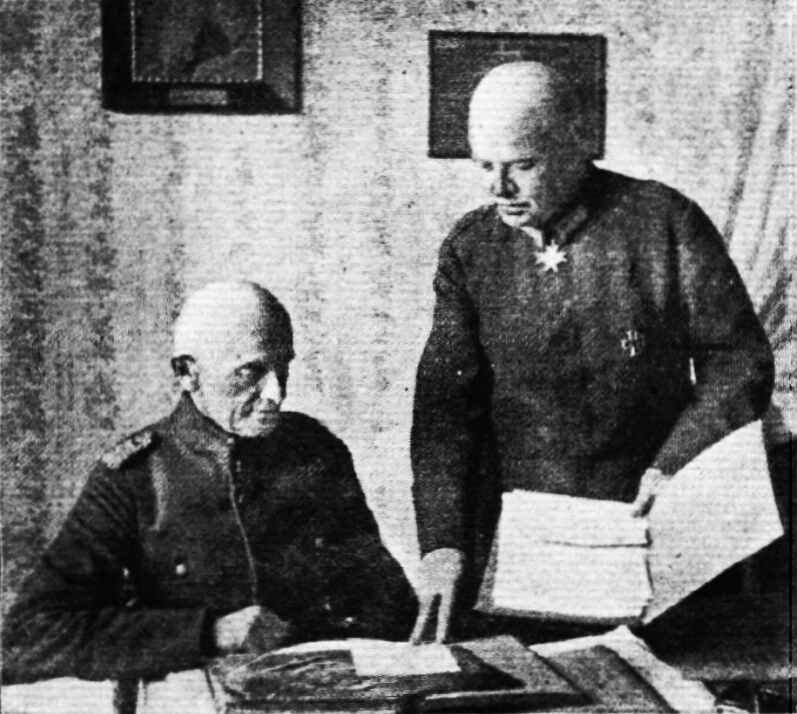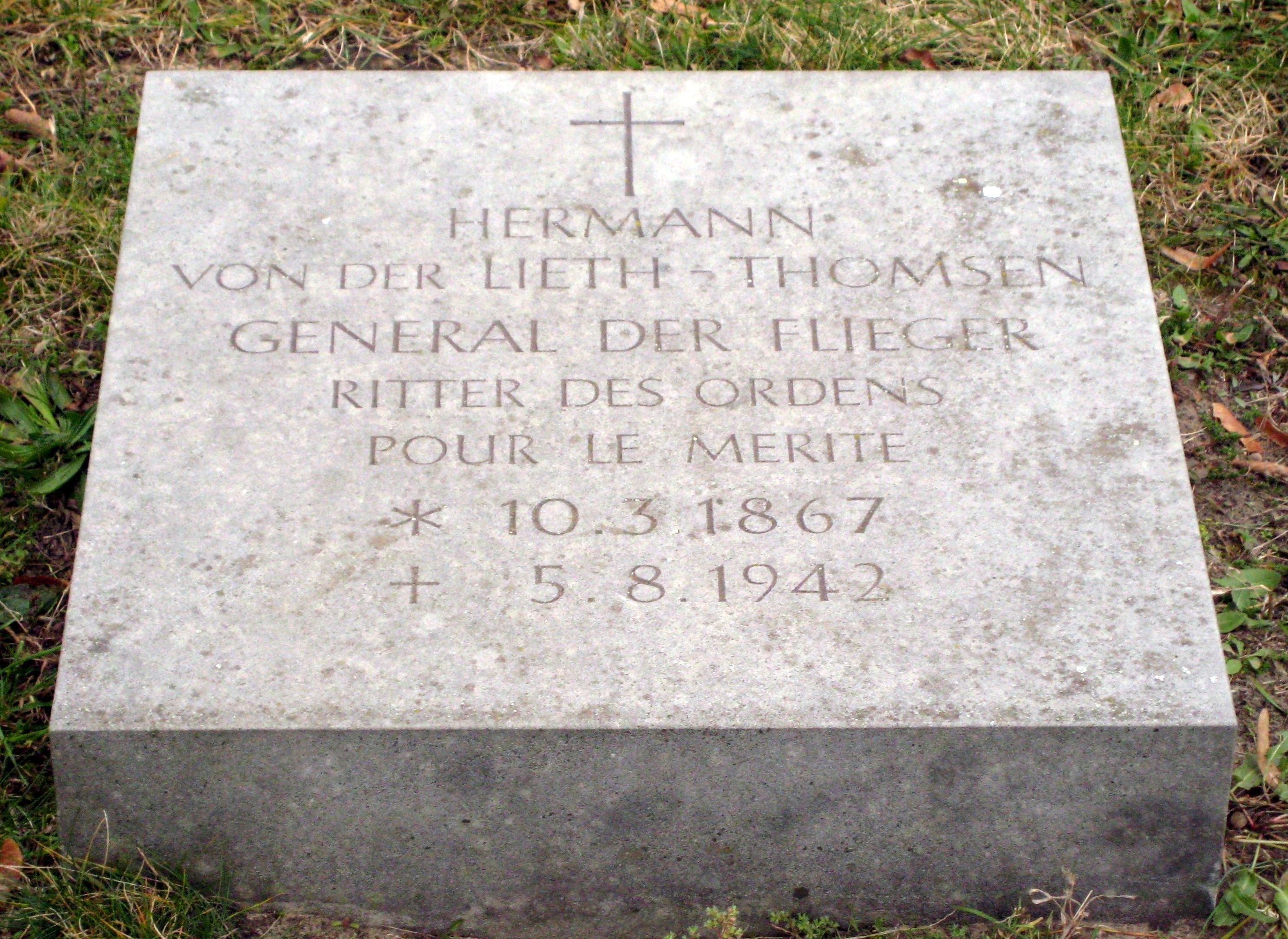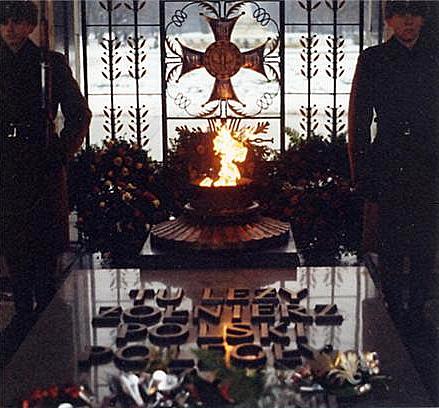|
Luftstreitkräfte
The ''Deutsche Luftstreitkräfte'' (, German Air Force)—known before October 1916 as (Flyer Troops)—was the air arm of the Imperial German Army. In English-language sources it is usually referred to as the Imperial German Air Service, although that is not a literal translation of either name. German naval aviators of the were an integral part of the Imperial German Navy (). Both military branches operated aeroplanes, observation balloons and airships. Founding The Imperial German Army created an experimental balloon company inspired by the American balloon corps they had seen while observing the American Civil War, with varying forms of organisation from 1884 to 1901 until a Balloon Battalion was finally formed. The rapid development of aeronautics led to trials of airships and the choice of rigid types built by Zeppelin and Schutte-Lanz. The first military aircraft to be acquired by the German Army entered service in 1910 and the first five aviation battalions were est ... [...More Info...] [...Related Items...] OR: [Wikipedia] [Google] [Baidu] |
Luftwaffe
The ''Luftwaffe'' () was the aerial-warfare branch of the German ''Wehrmacht'' before and during World War II. Germany's military air arms during World War I, the ''Luftstreitkräfte'' of the Imperial Army and the '' Marine-Fliegerabteilung'' of the Imperial Navy, had been disbanded in May 1920 in accordance with the terms of the 1919 Treaty of Versailles which banned Germany from having any air force. During the interwar period, German pilots were trained secretly in violation of the treaty at Lipetsk Air Base in the Soviet Union. With the rise of the Nazi Party and the repudiation of the Versailles Treaty, the ''Luftwaffe''s existence was publicly acknowledged on 26 February 1935, just over two weeks before open defiance of the Versailles Treaty through German rearmament and conscription would be announced on 16 March. The Condor Legion, a ''Luftwaffe'' detachment sent to aid Nationalist forces in the Spanish Civil War, provided the force with a valuable testing grou ... [...More Info...] [...Related Items...] OR: [Wikipedia] [Google] [Baidu] |
Ernst Von Hoeppner
Ernst Wilhelm Arnold von Hoeppner (14 January 1860 – 26 September 1922) was a Prussian cavalry officer who served as the Commanding General of the German Air Service (''Luftstreitkräfte'') during World War I. Early life and military career Hoeppner was born in Unin, West Pomeranian Voivodeship, Tonnin on the island of Wollin in Pomerania on 14 January 1860. He was the third son of a Prussian major Ernst Ferdinand Hoeppner (1813-1881) and his wife Wilhelmine Minna, née Kropf (1827-1896). Ernst Hoeppner attended the Cadet School in Potsdam from 1872 and in 1879 he was commissioned as a second lieutenant in the 6th Magdeburg Dragoon Regiment. He attended the Prussian Military Academy in 1890. From 1893 to 1899, he was a member of the 14th Dragoon Regiment stationed at Colmar in Alsace, commanding a squadron. Hoeppner married Sophie Eugenie Minette Elisabeth Adele Valentine of Pöppinghausen on 14 July 1885. They had three children: Busso, Margot and Gerd.''Hoeppner.'' ... [...More Info...] [...Related Items...] OR: [Wikipedia] [Google] [Baidu] |
German Army (German Empire)
The Imperial German Army (1871–1919), officially referred to as the German Army (german: Deutsches Heer), was the unified ground and air force of the German Empire. It was established in 1871 with the political unification of Germany under the leadership of Prussia, and was dissolved in 1919, after the defeat of the German Empire in World War I (1914–1918). In the Federal Republic of Germany, the term ' identifies the German Army, the land component of the '. Formation and name The states that made up the German Empire contributed their armies; within the German Confederation, formed after the Napoleonic Wars, each state was responsible for maintaining certain units to be put at the disposal of the Confederation in case of conflict. When operating together, the units were known as the Federal Army ('). The Federal Army system functioned during various conflicts of the 19th century, such as the First Schleswig War from 1848–50 but by the time of the Second Schleswig Wa ... [...More Info...] [...Related Items...] OR: [Wikipedia] [Google] [Baidu] |
Idflieg Aircraft Designation System
The '' Idflieg'' (''Inspekteur der Flieger'') designation system was used to classify German heavier-than-air military (as opposed to naval) aircraft from the early days of the ''Fliegertruppe/Luftstreitkräfte'' to the end of World War I. The system evolved during this period as new classes of aircraft came into use. The specific, official "name" of a ''Luftstreitkräfte'' aircraft type consisted of the name of the manufacturer, the designation allocated to its class or category, and finally a Roman numeral. Thus the first "D"-class aircraft built by Albatros was named the Albatros D.I, the second was the Albatros D.II and so on. Application A complication in identifying wartime German aircraft is that German manufacturers typically used their own designations; and sometimes gave experimental productions unofficial "Idflieg-style" class numbers, perhaps in the hope of production orders. The "Rs" (giant seaplane), and "CLs" (two-seater seaplane) designations of the Zeppelin-Linda ... [...More Info...] [...Related Items...] OR: [Wikipedia] [Google] [Baidu] |
Hermann Von Der Lieth-Thomsen
General Hermann von der Lieth-Thomsen (born Hermann Thomsen; 10 March 1867 – 5 May 1942) was a German military aviation pioneer, a senior air commander in the Imperial German Army Air Service during World War I, and a founding father of the German military aviation. Early life and military career Hermann Thomsen was born on 10 March 1867 in Flensburg which had recently been lost by the Kingdom of Denmark and incorporated into Prussia. Born into a farming family from Dithmarschen, Thomsen's grandfather Peter Thomsen was married to Martha von der Lieth and since she was the last of her family, the couple received permission to use the combined name "von der Lieth-Thomsen". Lieth-Thomsen joined the Prussian Army in 1887, serving first as a pioneer officer. In January 1908, the German General Staff established a technical staff to monitor foreign and domestic progress in aviation, motorized transport and telegraphy. Captain Thomsen was appointed as its head, serving under Erich Lu ... [...More Info...] [...Related Items...] OR: [Wikipedia] [Google] [Baidu] |
Cross Pattée
A cross pattée, cross patty or cross paty, also known as a cross formy or cross formée (french: croix pattée, german: Tatzenkreuz), is a type of Christian cross with arms that are narrow at the centre, and often flared in a curve or straight line shape, to be broader at the perimeter. The form appears very early in medieval art, for example in a metalwork treasure binding given to Monza Cathedral by Queen Theodelinda (died 628), and the 8th-century lower cover of the Lindau Gospels in the Morgan Library. An early English example from the start of the age of heraldry proper (i.e. about 1200) is found in the arms of Baron Berkeley. Etymology The word ''pattée'' is a French adjective in the feminine form used in its full context as ''la croix pattée'', meaning literally "footed cross", from the noun ''patte'', meaning foot, generally that of an animal. The cross has four splayed feet, each akin to the foot, for example, of a chalice or candelabrum. In German it is called ''Ta ... [...More Info...] [...Related Items...] OR: [Wikipedia] [Google] [Baidu] |
Imperial German Navy
The Imperial German Navy or the Imperial Navy () was the navy of the German Empire, which existed between 1871 and 1919. It grew out of the small Prussian Navy (from 1867 the North German Federal Navy), which was mainly for coast defence. Wilhelm II, German Emperor, Kaiser Wilhelm II greatly expanded the navy. The key leader was Admiral Alfred von Tirpitz, who greatly expanded the size and quality of the navy, while adopting the sea power theories of American strategist Alfred Thayer Mahan. The result was a Anglo-German naval arms race, naval arms race with Britain, as the German navy grew to become one of the greatest maritime forces in the world, second only to the Royal Navy. The German surface navy proved ineffective during the First World War; its only major engagement, the Battle of Jutland, was a draw, but it kept the surface fleet largely in port for the rest of the war. The submarine fleet was greatly expanded and threatened the British supply system during the Atlantic ... [...More Info...] [...Related Items...] OR: [Wikipedia] [Google] [Baidu] |
Feldflieger Abteilung
Feldflieger Abteilung (''FFA'', Field Flying Company) was the title of the pioneering field aviation units of what became the ''Luftstreitkräfte'' (German air service) by October 1916, during World War I. Composition The use of aircraft as a tactical reconnaissance tool, to serve within the ''Deutsches Heer'''s ''Fliegertruppen des deutschen Kaiserreiches'' air service formed in 1910, was established by the German Army in its annual exercise in June 1911. Early usage was limited to providing post-flight situation reports. At the start of World War I, there were thirty-three units, comprising one allocated to each of the eight Army Headquarters and one to each of the twenty-five regular Corps Headquarters.Cowin, H.W. p.13 Each unit, having a designation number usually matching that of the army group it was assigned to, was equipped with either six Idflieg Category A (unarmed monoplane) or Category B (unarmed biplane) two-seater aircraft. By March 1915 the number of Feldflieger Ab ... [...More Info...] [...Related Items...] OR: [Wikipedia] [Google] [Baidu] |
Naval Aviation
Naval aviation is the application of military air power by navies, whether from warships that embark aircraft, or land bases. Naval aviation is typically projected to a position nearer the target by way of an aircraft carrier. Carrier-based aircraft must be sturdy enough to withstand demanding carrier operations. They must be able to launch in a short distance and be sturdy and flexible enough to come to a sudden stop on a pitching flight deck; they typically have robust folding mechanisms that allow higher numbers of them to be stored in below-decks hangars and small spaces on flight decks. These aircraft are designed for many purposes, including air-to-air combat, surface attack, submarine attack, search and rescue, matériel transport, weather observation, reconnaissance and wide area command and control duties. Naval helicopters can be used for many of the same missions as fixed-wing aircraft while operating from aircraft carriers, helicopter carriers, destroyers and f ... [...More Info...] [...Related Items...] OR: [Wikipedia] [Google] [Baidu] |
Royal Flying Corps
"Through Adversity to the Stars" , colors = , colours_label = , march = , mascot = , anniversaries = , decorations = , battle_honours = , battles_label = Wars , battles = First World War , disbanded = merged with RNAS to become Royal Air Force (RAF), 1918 , current_commander = , current_commander_label = , ceremonial_chief = , ceremonial_chief_label = , colonel_of_the_regiment = , colonel_of_the_regiment_label = , notable_commanders = Sir David HendersonHugh Trenchard , identification_symbol = , identification_symbol_label = Roundel , identification_symbol_2 = , identification_symbol_2_label = Flag , aircraft_attack = , aircraft_bomber = , aircraft_el ... [...More Info...] [...Related Items...] OR: [Wikipedia] [Google] [Baidu] |
World War I
World War I (28 July 1914 11 November 1918), often abbreviated as WWI, was one of the deadliest global conflicts in history. Belligerents included much of Europe, the Russian Empire, the United States, and the Ottoman Empire, with fighting occurring throughout Europe, the Middle East, Africa, the Pacific, and parts of Asia. An estimated 9 million soldiers were killed in combat, plus another 23 million wounded, while 5 million civilians died as a result of military action, hunger, and disease. Millions more died in genocides within the Ottoman Empire and in the 1918 influenza pandemic, which was exacerbated by the movement of combatants during the war. Prior to 1914, the European great powers were divided between the Triple Entente (comprising France, Russia, and Britain) and the Triple Alliance (containing Germany, Austria-Hungary, and Italy). Tensions in the Balkans came to a head on 28 June 1914, following the assassination of Archduke Franz Ferdin ... [...More Info...] [...Related Items...] OR: [Wikipedia] [Google] [Baidu] |
Air Force
An air force – in the broadest sense – is the national military branch that primarily conducts aerial warfare. More specifically, it is the branch of a nation's armed services that is responsible for aerial warfare as distinct from an army or navy. Typically, air forces are responsible for gaining control of the air, carrying out strategic and tactical bombing missions, and providing support to land and naval forces often in the form of aerial reconnaissance and close air support. The term air force may also refer to a tactical air force or numbered air force, which is an operational formation either within a national air force or comprising several air components from allied nations. Air forces typically consist of a combination of fighters, bombers, helicopters, transport planes and other aircraft. Many air forces may command and control other air defence forces assets such as anti-aircraft artillery, surface-to-air missiles, or anti-ballistic missile warning ne ... [...More Info...] [...Related Items...] OR: [Wikipedia] [Google] [Baidu] |






